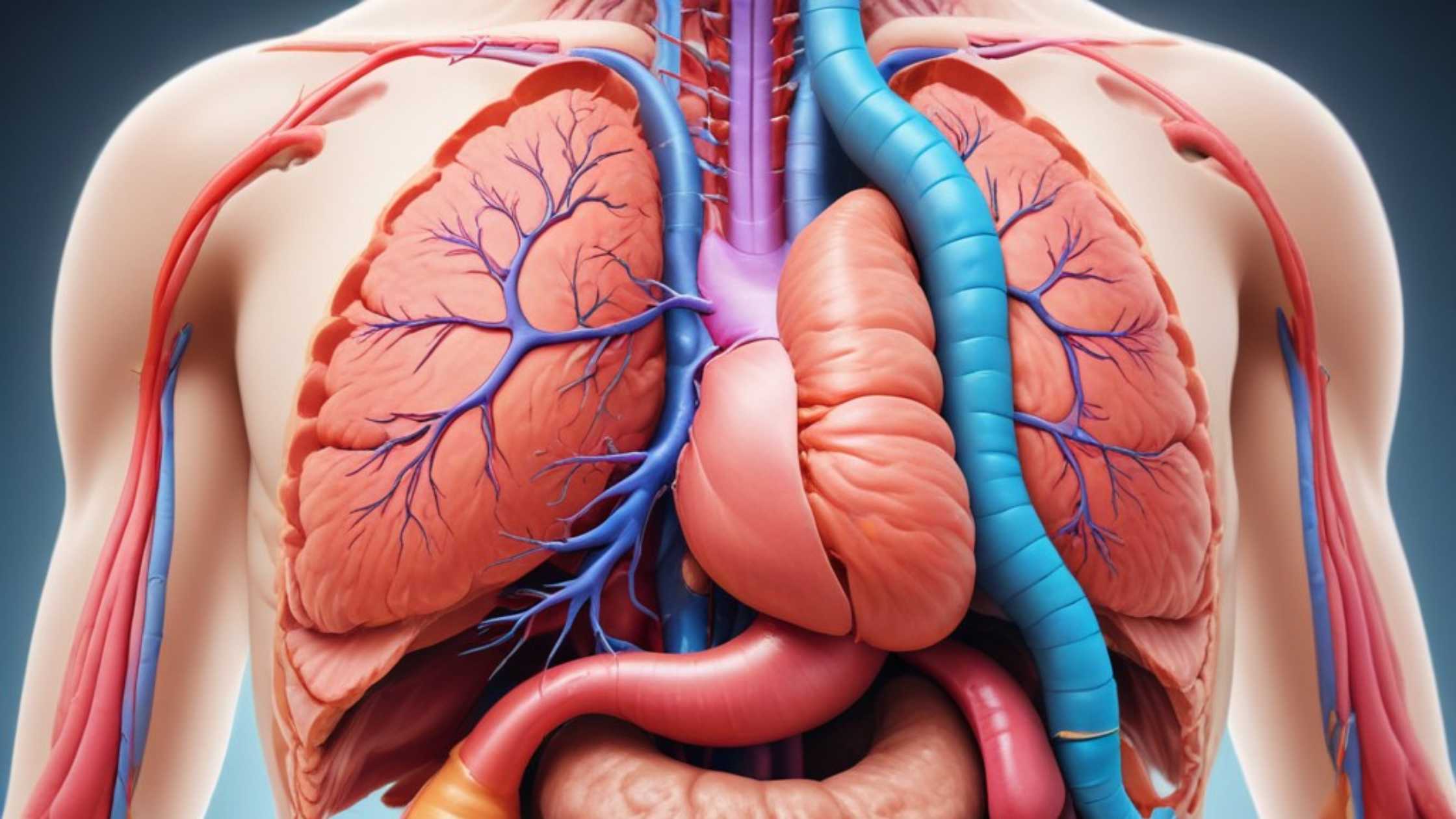Disclaimer: The information provided here is intended for public education and should not replace professional medical advice. Always consult with your healthcare professional for guidance on your specific health situation. The information may become outdated, and the video does not endorse or evaluate any advertised product, service, or company.
Current Heat Wave Situation: Southern Asia is currently experiencing a severe heat wave, with temperatures soaring from India to the Philippines. As a result, there has been a noticeable increase in cases of heat rash, also known as prickly heat (Miliaria), especially in India.
Heat Rash Explained: Heat rash occurs when sweat ducts become blocked, trapping sweat beneath the skin. This results in small red bumps, itching, and a prickling, burning, or stinging sensation. Common scenarios for heat rash include:
- Children or workers wearing polyester uniforms and overcoats.
- Intense physical outdoor activity in the morning.
- Traveling long distances without air conditioning.
Prevention and Management Tips:
- Stay Cool:
- Seek air-conditioned environments to reduce sweating.
- When outside, position yourself under a fan or in the shade to stay cool.
- Wear Appropriate Clothing:
- Opt for loose, breathable cotton clothing to allow air circulation and absorb sweat.
- Avoid heavy creams and petroleum-based products that can block pores and trap sweat. Instead, use lighter, water-based moisturizers.
- Modify Physical Activity:
- Avoid intense exercise during hot and humid conditions.
- Engage in light exercises that minimize sweating.
- Immediate Relief Measures:
- Take cool baths or showers to lower skin temperature.
- Use ice cubes wrapped in a towel as a refreshing compress.
These strategies can help prevent heat rash and ensure comfort during hot and humid conditions, especially as the frequency of heat waves is expected to increase due to climate change.


